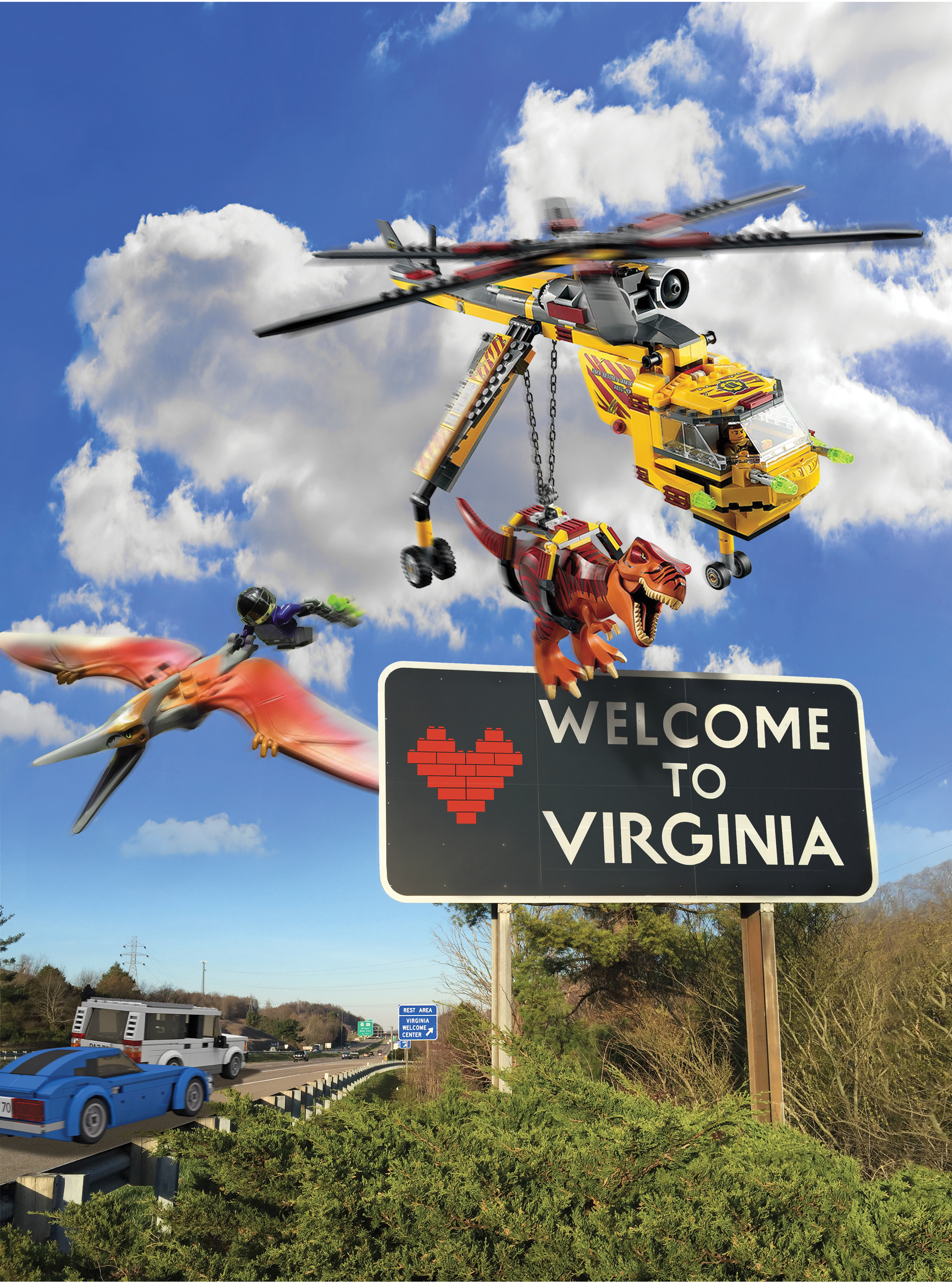Brick by brick, LEGO is building a global business empire centered on the meaning of its original name in Danish — “Play well.” Now it’s about to add about a billion dollars of bricks and mortar to that quest with the establishment of a 1.7-million-sq.-ft. factory in Chesterfield County in the capital region of Richmond, Virginia.
How this 90-year-old company went about the process of selecting Greater Richmond is a lesson for anyone who wants to be a “master builder” of a best-in-class organization.
First, a primer on the project. LEGO Group, a $44 billion company based in Billund, Denmark, announced June 15 that it will hire 1,760 workers at an advanced manufacturing campus it’s building in Meadowville Technology Park in Chesterfield County. The global toy maker conducted a nationwide search before picking the nearly shovel-ready site near Richmond, where infrastructure investment and patience in equal measure have prepared for an investment of this scale for nearly 20 years.
Henrik Priess Sorensen, head of Americas Expansion and Discovery for LEGO Group, told Site Selection in an exclusive interview that LEGO “looked at more than 40 U.S. states and considered a number of locations, but we were very impressed with the site selected. The process took roughly 10 months.”
The process was both deliberative and collaborative. Dennis Donovan, principal of Wadley Donovan Gutshaw Consulting in Bridgewater, New Jersey, led the site selection aspect of the project. Another team of consultants at Deloitte, including Global Location Strategy Leader Darin Buelow, spearheaded the tax consulting and incentives negotiation aspects of the deal.
“The final decision was a consensus of more than 50 specialists and LEGO senior executives,” says Sorensen. “Our executive leadership team gave the final approval.”
For a company that calls this new plant a “precision manufacturing facility,” no less precision was applied throughout the site search.

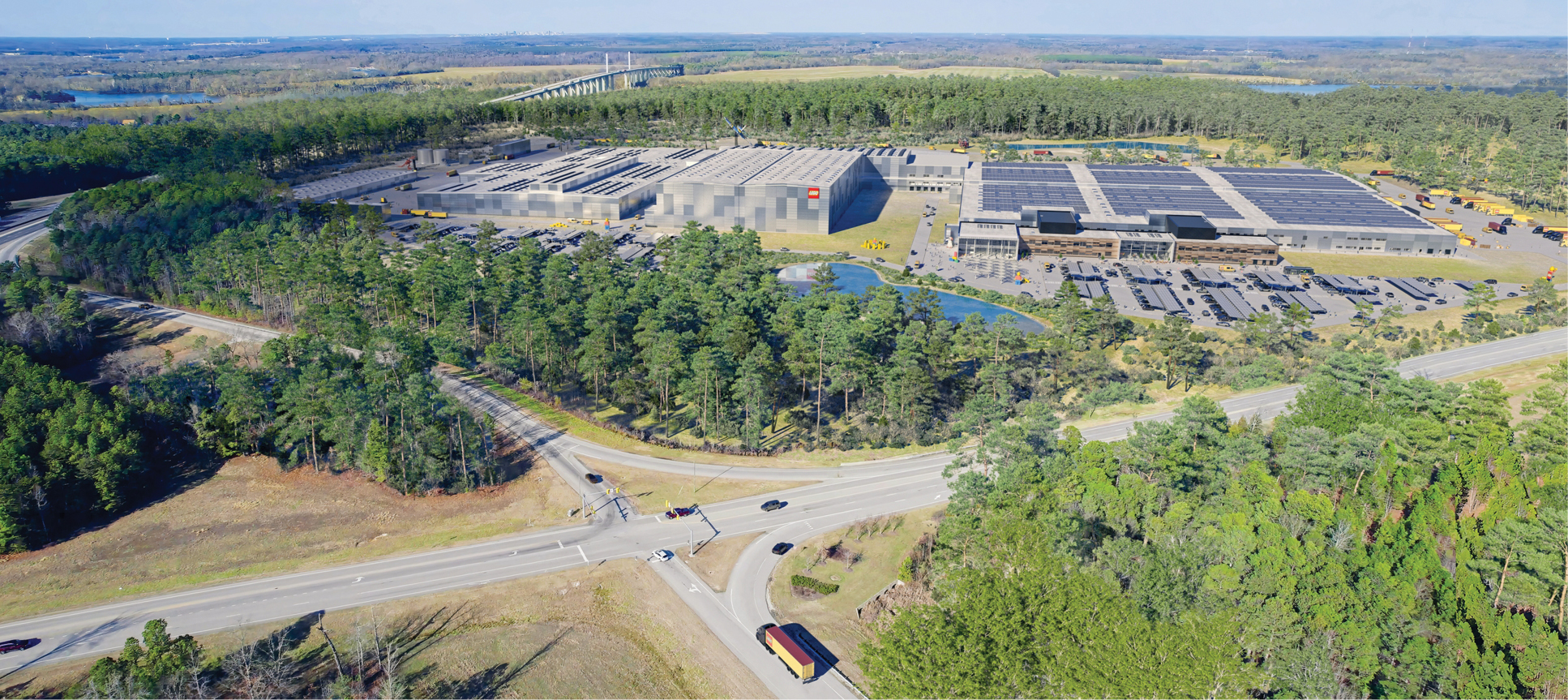
Rendering depicts future home of LEGO Group in the Meadowville Technology Park in
Chesterfield County, Virginia.
Photo courtesy of LEGO Group
“We ran a thorough, thoughtful process with more than 100 selection factors and sub-factors,” says Sorensen. “The Virginia site delivered against three key criteria: 1) short lead times: close proximity to our major markets that would allow us to even better service consumers and our retail partners; 2) sustainability: we wanted a location that would support our ambitions to build a carbon-neutral factory and provide access to renewable energy; and 3) a skilled workforce: access to high-quality, manufacturing talent.”
LEGO will spend
$1 billion and hire
1,760 people to work at a new
1.7 million-sq.-ft. campus in
Chesterfield County in
Greater Richmond, Virginia.
Source: LEGO Group
The site and surrounding infrastructure sealed the deal, he adds. “The Richmond area allows us to locate a factory in an already well-established industrial park with great infrastructure, close to highways and seaports. Our site is almost shovel-ready, so it’s a great fit,” he notes.
Building Out a Global Footprint
Sorensen also credits state and local economic development officials with working overtime to make the deal happen: “We found and appreciated the ‘can do’ mindset from both state and county, which is always appreciated and needed in such a selection and construction process.”

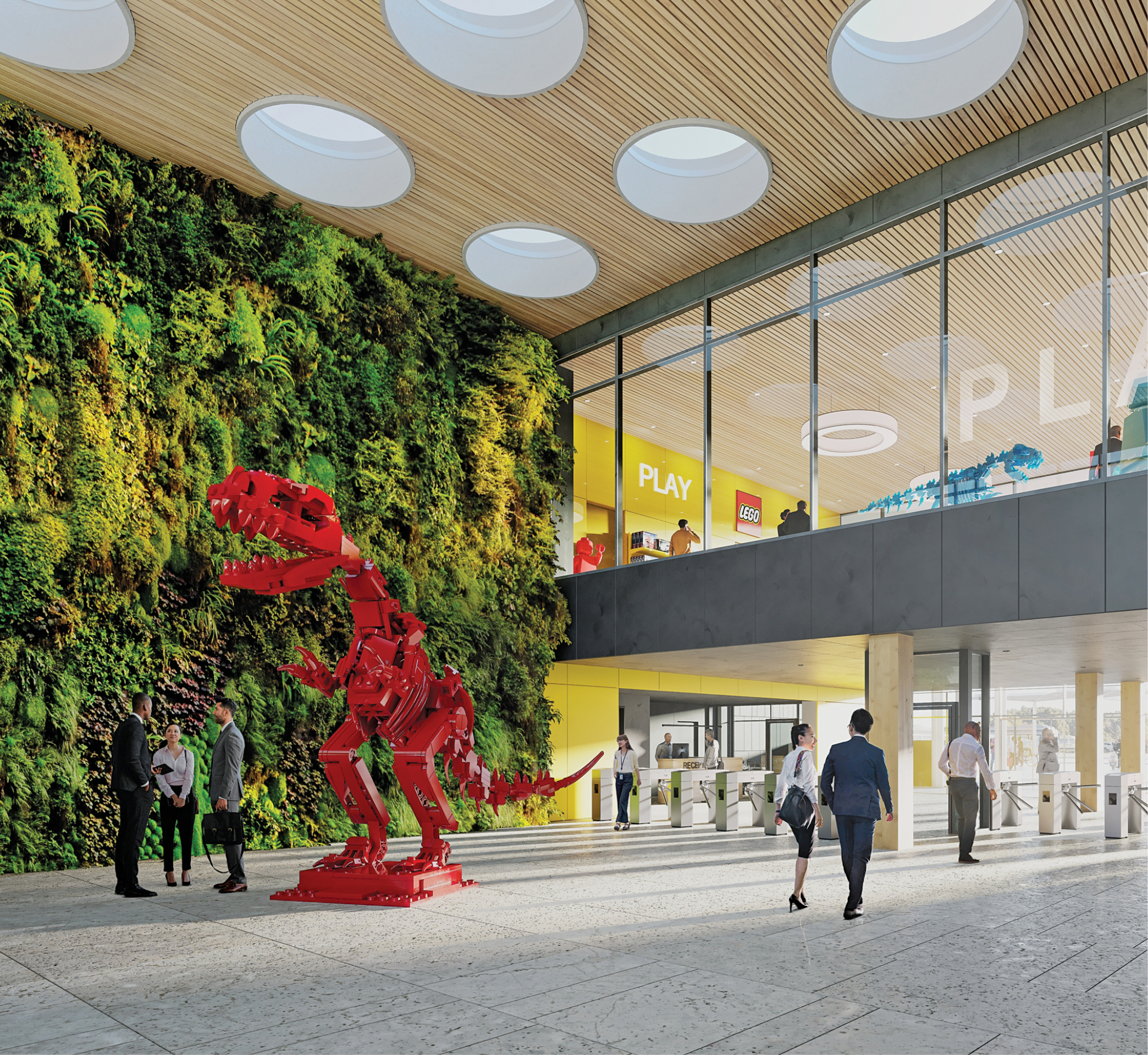
A rendering of the LEGO facility entrance planned for its Virginia site Image courtesy of LEGO Group
The company is not done expanding. With a global workforce of 25,000 people, LEGO is embarking on a multinational strategy of sustained growth and profitability. When asked whether LEGO plans to expand again, Sorensen replied with a definitive “Yes.” He then detailed those plans.
“We’ve invested US$1 billion for a 44-hectare site in the Binh Duong Province of Vietnam and break ground there this month,” he says. “We also just expanded and upgraded our factory in Monterrey, Mexico, and by the end of 2023, will have significantly increased capacity there compared with 2021. This expansion is across all LEGO factories to meet the sustained growth seen these past few years. Future investments will take place depending on the demand in the markets and will follow our strategy of having capacity located near our customers.”
LEGO also operates three theme parks in America: LEGOLAND California in Carlsbad near San Diego; LEGOLAND Florida in Winter Haven between Tampa and Orlando; and LEGOLAND New York in Goshen in Orange County in Upstate New York about 60 miles north of New York City.
The new LEGO factory in Virginia is expected to be similar to the company’s factories in Denmark, Vietnam, Mexico and Kladno in the Czech Republic, according to Sorensen.
From the beginning of the project, it was clear that talent development would be a competitive chip in Virginia’s hand. Jason El Koubi, president and CEO of the Virginia Economic Development Partnership, called it the difference maker in landing LEGO. Launched a year after the state won the highly coveted $5.5 billion Amazon HQ2 project — currently under construction in Arlington, Virginia — the Virginia Talent Accelerator Program (VTAP) is delivered through the Partnership in partnership with the Virginia Community College System at no cost to qualifying companies to ensure they have the talented workers they need to be successful.
Combining VTAP with the Tech Talent Investment Program (TTIP, used to land Amazon) and the separate Virginia Jobs Investment Program, VEDP now packs a powerful punch when recruiting high-tech employers. TTIP was launched with the goal of delivering 32,000 additional technology graduates from Virginia colleges and universities over the next 20 years. Some 14 Virginia universities share funding from the state’s $2 billion allocation for this effort.
If workforce training was Virginia’s trump card in the pursuit of LEGO, then delivering a development-ready site was its ace in the hole. El Koubi says that Virginia “is investing a lot of energy and money into ensuring that Virginia has a project-ready inventory of sites. We have some of the best analysis and intelligence in the country on sites. We are working closely with all of the key partners on site development, and we have an historic level of resources. We are investing more than $150 million of state money into this program. A large wave of capital projects is looking for project-ready, low-risk sites, and one of our top priorities at VEDP is to deliver them to quality clients.”
Playing the Long Game in Richmond
Jennifer Wakefield, president and CEO for the Greater Richmond Partnership, says she distinctly remembers the day her organization first got word of the LEGO site search. “LEGO was a lead from Dennis Donovan last October,” she says.
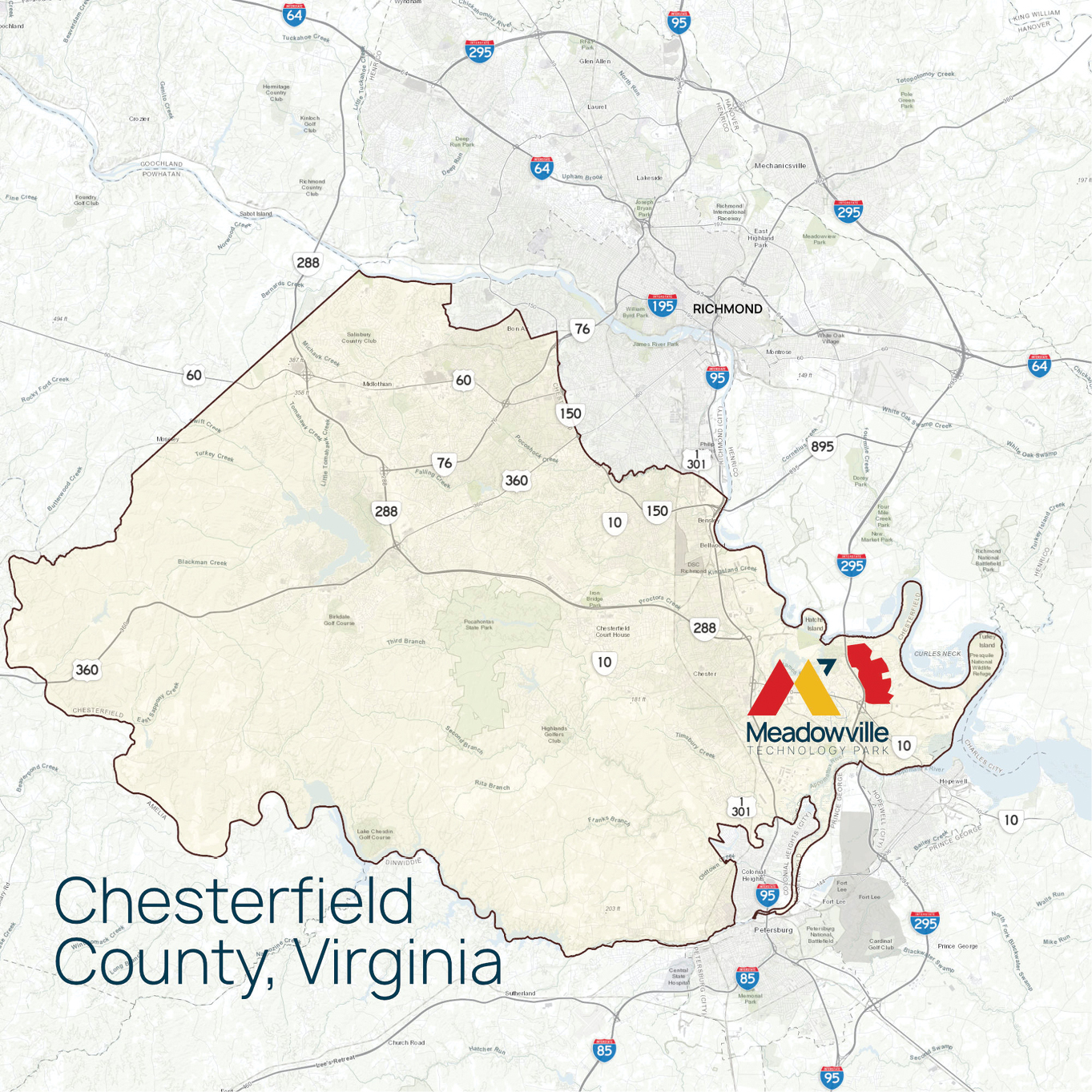
“We were told that they were looking to hire up to 2,000 people and would have a solar farm as part of the project,” says Wakefield. “Legislation passed last year in Virginia was an important part of the process.”
LEGO brought a team of 20 executives from Denmark to tour Greater Richmond in March of this year. “We thought we had a pretty good presentation,” says Wakefield. “We wanted to align with their values. LEGO means ‘play well’ in Danish, so we treated this project differently.”
LEGO considered other sites in multiple states before narrowing its options down to a short list that included Greater Richmond. Home to an Amazon fulfillment center and a Capital One data center among other tenants, Meadowville Technology Park most recently expanded its footprint in 2020 when the Chesterfield County Economic Development Authority purchased a 353-acre property that was formerly part of an 800-acre American Tobacco cigarette plant site.
“Our location on the East Coast was a significant reason why they chose Richmond,” Wakefield adds. “They have an office in Connecticut. Being located in an East Coast time zone helped us. Plus, VEDP had pitched them several years back, so they already knew about us from their previous interaction with the state of Virginia.”
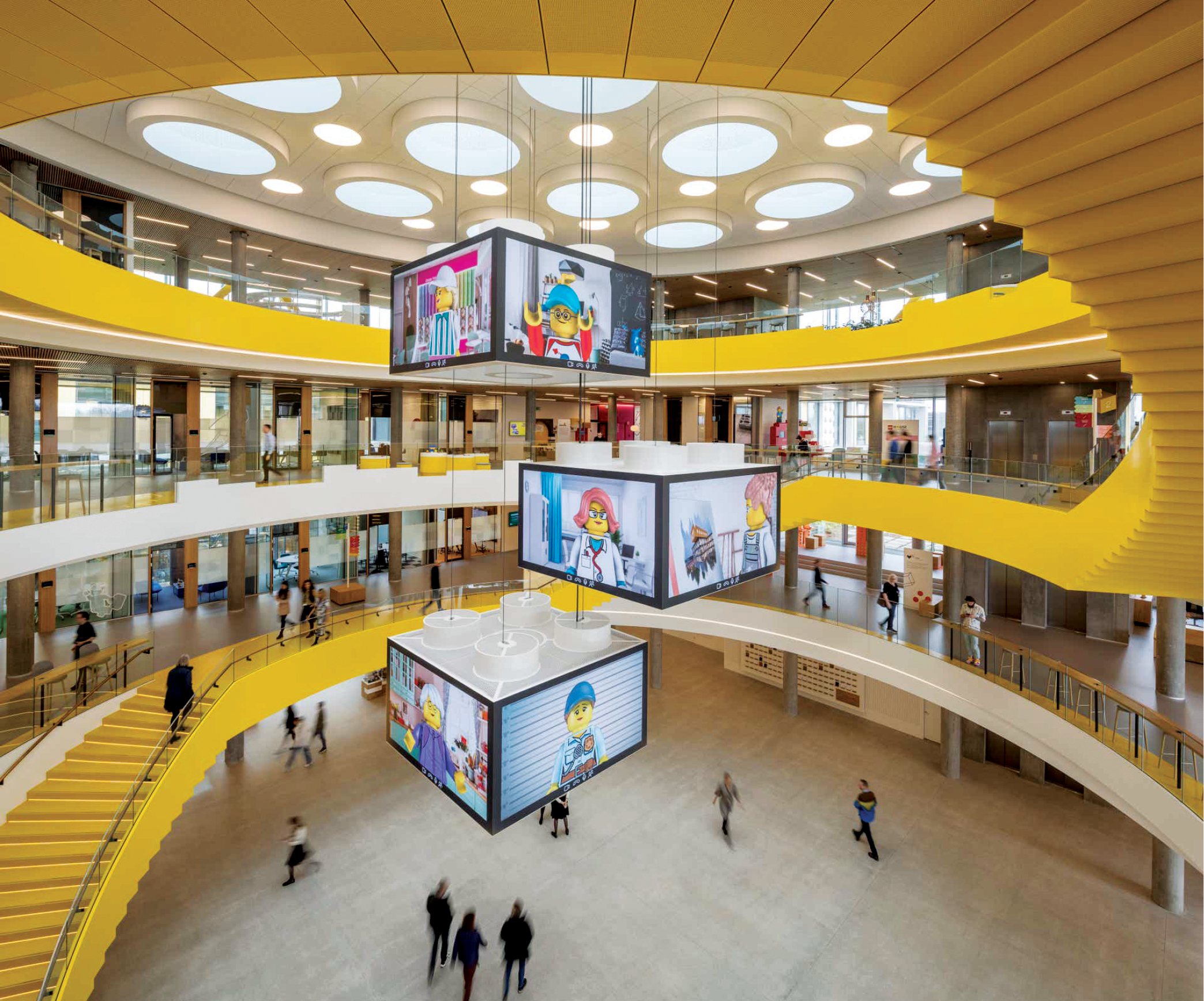
LEGO’s new campus in Virginia will have the characteristic playfulness and colors of the company’s popular toys, just like its HQ in Denmark (pictured). Image courtesy of LEGO Group
Robust Recovery: From 2020 to 2021, projects in Virginia increased by 51%, new job creation increased by 48%, and investment increased by $33.3 billion.
Source: VEDP
Incentives also were a factor in LEGO’s decision. An official with VEDP shared the following details on the deal package: “The LEGO Group will be eligible to receive an MEI (Major Employment and Investment) custom performance grant of $56 million based on an investment of more than $1 billion and the creation of jobs estimated to be in excess of 1,760, as well as site development improvements estimated at up to $19 million, subject to approval by the Virginia General Assembly. Support for the LEGO Group’s job creation will be provided through the Virginia Talent Accelerator Program, a workforce initiative created by VEDP in collaboration with the Virginia Community College System and other higher education partners, with funding support from the Governor’s administration and the Virginia General Assembly.”
Reaction to LEGO’s announcement has been ecstatic throughout the community, says Wakefield. “Richmond has had a lot of great announcements in the last two years, but nothing is similar to a global brand like LEGO,” she notes. “There is something special about having that brand name here.”
LYNCHBURG REGION GROWS ITS BASE OF TECH JOBS
by RON STARNER
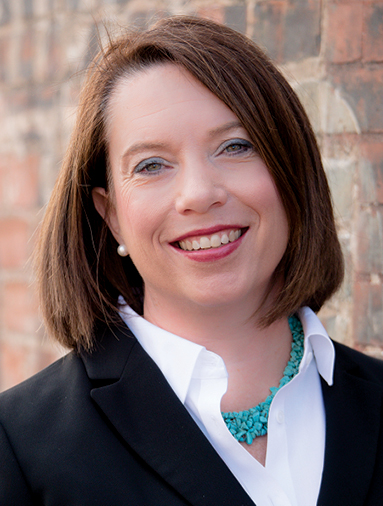 Megan Lucas, CEO and Chief Economic Development Officer Lynchburg Regional Business Alliance
Megan Lucas, CEO and Chief Economic Development Officer Lynchburg Regional Business Alliance 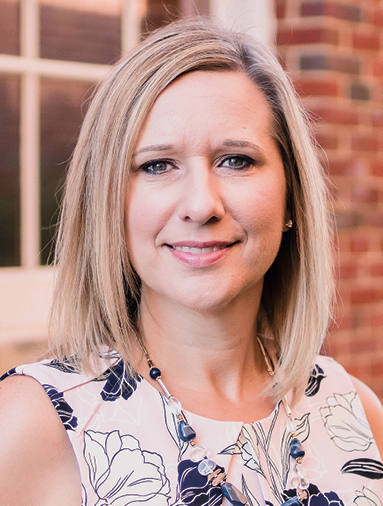 Jamie Gillespie, Director of Economic Development Lynchburg Regional Business Alliance
Jamie Gillespie, Director of Economic Development Lynchburg Regional Business AllianceAbout a 2-hour drive west of the new LEGO Group plant site in Greater Richmond, another Virginia community is reaping the rewards of years of investment into talent development. It’s the area known as the Lynchburg Region in south central Virginia, and right now it’s experiencing significant growth in advanced manufacturing and technology jobs.
Recently, we caught up with Megan Lucas, CEO and chief economic development officer of the Lynchburg Regional Business Alliance, and Jamie Gillespie, director of economic development for the LRBA, for an overview of this progress.
What have been your three biggest project wins so far in 2022 in the Lynchburg Region?
LUCAS: We have active projects in the pipeline that we expect to announce by the end of 2022, but here are some recent wins for the region:
Source4
Our local partners in Bedford County announced the expansion of Source4 in May 2022, adding 30 new jobs and $4.5 million in capital investment. Source4 is a national company, headquartered in Cornelius, North Carolina, and has been in business for over 40 years. They provide a broad range of integrated business and marketing solutions to fulfill their clients’ operational and marketing needs. The company’s extensive fulfillment and distribution capabilities and the ability to provide a wide range of technological solutions allow for the delivery of complete custom solutions for their clients.
BWXT Innovation Center
BWX Technologies Inc., a leading supplier of nuclear components and fuel to the U.S. government, will make a multimillion-dollar investment to create a manufacturing and research and development center to showcase their services and technology in Campbell County. The new center, called the BWXT Innovation Campus, will sit on an 11-acre property adjacent to the company’s existing facility. Virginia successfully competed with three other states for the project, which is expected to create 97 new jobs with an average expected salary of more than $115,000 per year.
Five-Year Strategic Plan
Additionally, the Alliance has also just completed a new Building our Future economic development strategy that will chart the course for economic and workforce growth over the next five years. Conducted by Broad Ripple Strategies, this effort was led by a steering committee made up of private business leaders, higher education partners, economic development professionals and workforce development officials.
What creative things are happening in the region to help employers find good employees?
GILLESPIE: Regionally, we have a collaborative called the Business Solutions Team comprised of regional economic development and workforce leaders that meet regularly with employers to collectively create solutions to their workforce challenges. Initiatives led through the Business Solutions team have resulted in funding for existing worker training programs, new talent development events to support industry sectors, and the identification of training and credentials needed for fill the gaps for employers.
Women in Machining is a 12-week program offered by Vector Space and funded by the City of Lynchburg’s HireLynchburg workforce initiative to provide mentorship and training for women who are interested in pursuing a new or different career, specifically in fields where women are in the minority. Vector Space is a makerspace located in Downtown Lynchburg — it’s a space where individuals can use tools, materials, and education to create anything from an apron to a robot. The HireLynchburg workforce initiative exists to support talent and in-demand skill development for Lynchburg industries through partnerships with local agencies and the business community.
Additionally, there is a multi-region Internship Collaborative comprised of the Blacksburg, Roanoke and Lynchburg regions which is called Internships for Impact. The Regional Internship Collaborative bridges the gap between secondary and higher education institutions, their students and businesses providing work-based learning opportunities in the Lynchburg Region, New River Valley, and the Roanoke-Alleghany regions. With support from the State Council of Higher Education for Virginia (SCHEV), the collaborative connects employers to students and facilitates the readiness of employers, students, and institutions to significantly increase the number of high-quality paid internships and other work-based learning opportunities.
Has Central Virginia Community College launched any new and innovative workforce development programs recently?
GILLESPIE: Central Virginia Community College’s new Career & Technical Academy has over 1,000 students enrolled for 2022. Workforce (non-credit) programs enrollment is up 161%. Other than expanding the CTE Academy, they have added more program opportunities to meet demand in areas such as HVAC, Electrical and CDL. The outlook for CTE programs beyond the traditional trades is also progressing. Cybersecurity is still evolving, and the demand for this skill set in manufacturing will continue to grow.
Along with this, CVCC has seen overwhelming support from the area business community and word is getting out about what they are doing beyond the Commonwealth. CDL is one of the fastest growing programs; and their NCCER Electrical and HVAC programs are continuing to see growth. They are adding more programs to the workforce side of the campus to include industry certifications like SHRM, CompTIA, Microsoft, AWS and Contract Management, just to name a few.
CVCC was recently awarded a National Science Foundation grant of $276,861 for a project to support mechatronics technician training for the growing advanced manufacturing industry by enhancing course content and technical experiences for students, providing comprehensive professional development for technician educators, and developing educational pathways to support student recruitment, retention, and completion from middle school to college.
What’s happening with the former rehabilitation complex in Madison Heights?
LUCAS: In March 2022, the region completed the Master Redevelopment Plan for the Central Virginia Training Center, and Amherst County Board of Supervisors approved the plan and requested it be included in the county’s comprehensive plan. Simultaneously, the region worked with local legislators to request the inclusion in the General Assembly budget to defease the $25 million of outstanding bonds on the property.
The next steps include the declaration of surplus by the Department of Behavioral Health and Developmental Services, which we expect at any time. The locality will then have 180 days to obtain the property and, following that period, if they elect not to proceed with ownership, it will be listed for sale. The plan in place provides a pre-approved roadmap and feasibility study for developers to execute its highest and best use as mixed-use residential, commercial, and a light industrial facility. The plan includes apartments, village homes, restaurants, retail, office, greenspaces, and trail systems with improved connectivity to Downtown Lynchburg.
